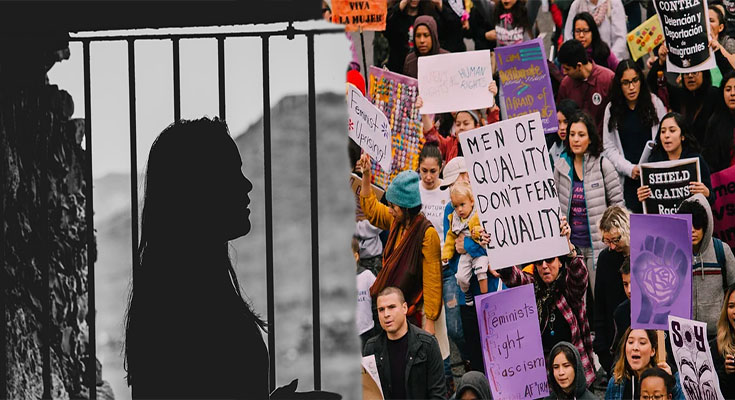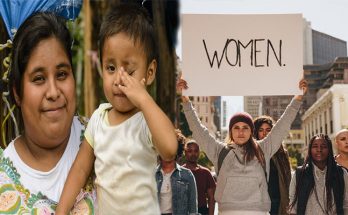This article explores the Discourses on women’s empowerment, Feminist conceptual work and the Effects of gendered groups on women’s empowerment. Then it discusses the personal stories of women who have benefited from the empowerment of women. This article also explores the effect of conscientizacao and gendered groups on women’s empowerment. The last section explores the topic in a broader context.
Discourses on women’s empowerment
Discourses on women’s empowerment have evolved from the emergence of feminist political ecologies to the present. Its definition is often contested and has been accused by development agencies of being a mere buzzword for neo-liberal policies. Many scholars question the validity of this definition by questioning its implication of a static outcome. It is often suggested that empowerment should be understood as a process of gaining a sense of agency and self- determination.
In this volume, the authors discuss the conceptualization of empowerment and their impact on the development discourses of Bangladesh. They examine the literature on the subject and look at publicly available documentation about women’s organizations, mass political parties, and development NGOs. They consider how empowerment relates to four key determinants: age, household wealth, education, and media exposure. Furthermore, they consider the impact that empowerment has on these determinants and the extent to which they are manifested in women’s participation in society. These four dimensions are not directly observable, but rather are indicators of a process that requires a context-specific approach.
Feminist conceptual work on women’s empowerment
Feminist conceptual work on women’s power is often characterized by a presupposition of gender inequality, as it presumes that power is unequally distributed among men and women. As such, it is crucial for feminists to move beyond the master-subject model and analyze women’s subordination through cultural norms and social practices. The broader goal of feminism is to make the world a better place for women.
However, the term “women’s empowerment” is often confused with terms like gender equality and female autonomy. Human development scholarship is full of terms and definitions relating to the issue of women’s empowerment, and examining these terms in the context of each other can shed light on what empowerment really means and how it can be achieved. Let’s examine some of the common meanings of the term “empowerment.”
Impact of gendered groups on women’s empowerment
Women’s empowerment has a radical history, beginning in the 1980s, but is now a mainstream development concern. While many view women’s empowerment as a goal to be achieved through development programmes, the reality is much different. Empowerment is a process that many women have to undertake. The research programme Pathways of Women’s Empowerment examines the process of women’s empowerment in a multi-country context.
Women face many disadvantages in the labour market, including the dual role of homemaker and money-maker, affecting their work status and day-to-day structure. Additionally, women have lower salaries than men for the same work. Poverty is a combination of insecurity in income, a lack of resources, and low education and access to health care. Moreover, poverty often goes hand in hand with malnutrition, poor health, insufficient education, and precarious housing.
Effects of conscientizacao on women’s empowerment
Freire’s philosophical ideas grew out of his experiences in the classroom, where he sought to undermine power dynamics. Freire stressed the importance of developing a democratic relationship between teacher and student to foster the conscientizacao process. But conscientizacao is much more than developing skills; it involves becoming aware of one’s own agency. As a teacher, he was committed to ensuring that his students were empowered to exercise this agency.
The study focuses on three key themes related to empowerment. One is control over the body, another is control over finances, and the third is community/mobility. Control over the body was a key theme, as many women reported feeling a lack of control over their bodies while engaging in sexual activity. This is a particularly troubling theme for women in low socioeconomic status settings. For these reasons, conscientizacao should be a part of any women’s empowerment agenda.





